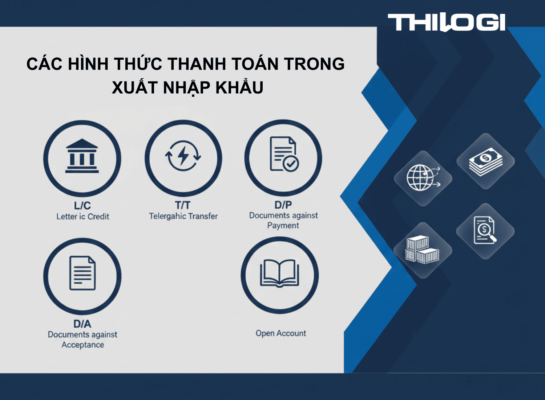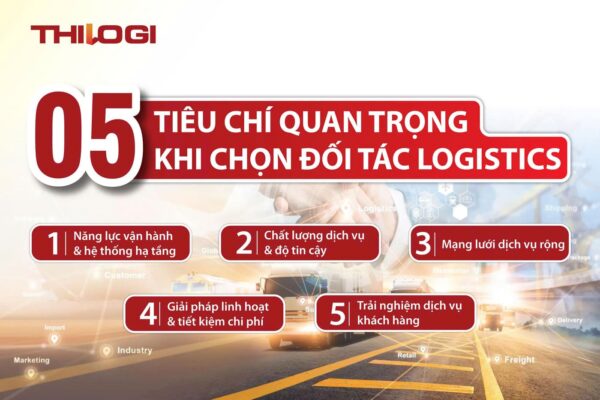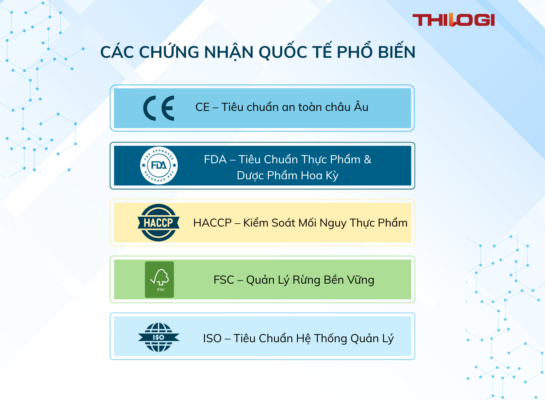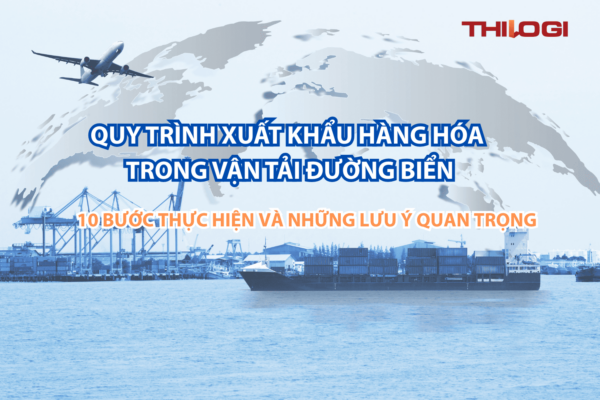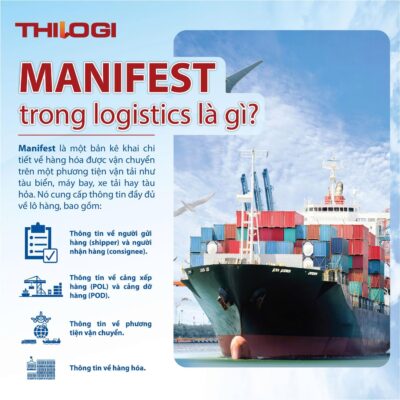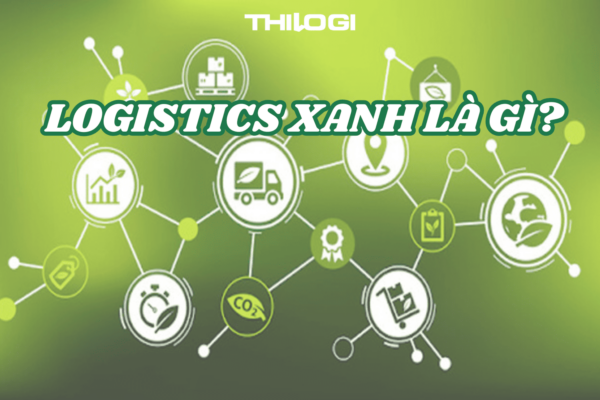VỊ THẾ CẢNG CHU LAI TRONG HOẠT ĐỘNG LOGISTICS TẠI MIỀN TRUNG
Sau hơn 10 năm xây dựng và phát triển, cảng Chu Lai khẳng định vai trò thương cảng lớn của miền Trung – Tây Nguyên, đóng góp cho nền kinh tế tỉnh Quảng Nam.
Vị trí cảng chiến lược
Vị trí Cảng Chu Lai có khả năng kết nối thông suốt với các tuyến đường huyết mạch trên hệ thống hạ tầng, giao thông của tỉnh Quảng Nam và khu vực miền Trung. Cụ thể, cảng này kết nối 2 km với trục ngang, gồm các tuyến Quốc lộ 1, cao tốc Đà Nẵng – Quảng Ngãi, đường ven biển (kết nối Đà Nẵng, Hội An, sân bay Chu Lai) và đường Hồ Chí Minh.
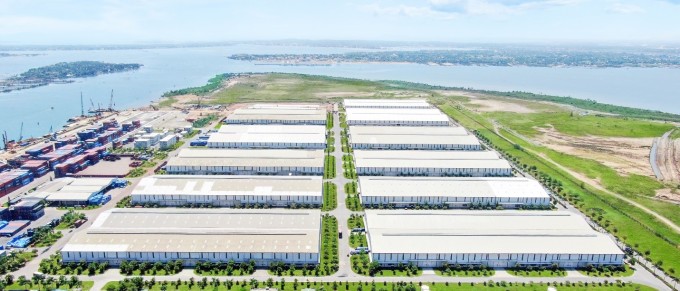
Hệ thống kho bãi diện tích hơn 300.000 m2 tại cảng Chu Lai.
Ngoài ra, cảng Chu Lai cũng kết nối trục dọc gồm Quốc lộ 14E, Quốc lộ 14B, Quốc lộ 14D… Các tuyến đường này có lượng xe lưu thông, vận chuyển hàng hóa ở mức cao, bởi nằm trên trục đường vận chuyển hàng hóa từ các tỉnh phía nam Lào – Cửa khẩu quốc tế Bờ Y (Kon Tum), Cửa khẩu quốc tế Nam Giang. Cảng cũng là cửa ngõ quan trọng, đảm bảo kết nối nội vùng và liên vùng theo các trục đường ven biển, hành lang kinh tế Đông – Tây, kết nối đồng bộ với cả nước và liên thông quốc tế.
Theo Quy hoạch của tỉnh Quảng Nam năm 2021 – 2030, tầm nhìn đến năm 2050, tỉnh này sẽ tập trung phát triển các lĩnh vực hàng không, cảng biển và dịch vụ logistics. Cùng với chiến lược của tỉnh trong lĩnh vực hàng hải, cảng Chu Lai sở hữu nhiều tiềm năng để phát triển thành trung tâm cảng biển, dịch vụ logistics container hàng đầu tại miền Trung và Tây Nguyên. Đây cũng là khu vực trung tâm của các ngành công nghiệp gia công sản xuất, xuất khẩu các mặt hàng như: dệt may, giày dép, gỗ, nội thất, kim loại và các ngành công nghiệp nặng, dầu khí, năng lượng… Với các khu kinh tế lớn như Thaco Chu Lai, Bắc Chu Lai, Tam Thăng (Quảng Nam), VSIP, Dung Quất (Quảng Ngãi)…
>> Dịch vụ cho thuê kho, bãi tại cảng Chu Lai
Vai trò mũi nhọn trong chuỗi hoạt động logistics
Hiện nay, hàng hóa xuất khẩu từ các tỉnh Tây Nguyên, Nam Lào qua cửa khẩu quốc tế Nam Giang (Quảng Nam), Bờ Y (Kon Tum), vùng Đông Bắc Campuchia qua cửa khẩu Lệ Thanh (Gia Lai) được vận chuyển đến cảng Chu Lai bằng đường bộ, sau đó kết nối tuyến vận tải biển tới các nước Đông Bắc Á, châu Âu, châu Mỹ… và ngược lại. Theo đó, cảng Chu Lai là trung điểm trong chuỗi logistics đa phương thức từ vận tải đường bộ – cảng biển – vận tải biển, tạo kết nối giúp quá trình sản xuất, kinh doanh của doanh nghiệp thuận tiện hơn, từ đó tối ưu lợi nhuận và tăng lợi thế cạnh tranh.
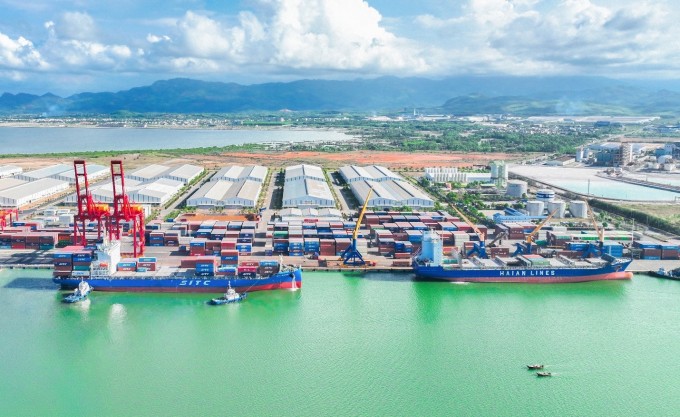
Mới đây, Thilogi – Tập đoàn sở hữu cảng Chu Lai đã đăng ký và được chấp thuận gia nhập vào Ủy ban Hàng hải Liên bang chính phủ Mỹ (FMC), trở thành nhà vận tải trung gian cho tuyến thương mại Việt Nam – Mỹ và ngược lại. Việc Thilogi được ký hợp đồng trực tiếp với các hãng tàu giúp cảng Chu Lai phát triển thêm các tuyến dịch vụ đến thị trường châu Mỹ, phục vụ các doanh nghiệp tại miền Trung và vùng lân cận.
Đại diện một doanh nghiệp FDI xuất khẩu hàng qua cảng Chu Lai cho biết, tuyến dịch vụ này giúp hàng hóa tiếp cận thị trường Mỹ thuận tiện, nhanh chóng và tiết kiệm hơn. “Đồng thời, tuyến dịch vụ góp phần đẩy mạnh thông thương hàng hóa đến châu Âu, châu Mỹ của các doanh nghiệp FDI”, vị này chia sẻ.
Ông Phan Văn Kỳ, Tổng giám đốc cảng Chu Lai cho biết, cảng đang mở rộng dịch vụ, tăng kết nối với các hãng tàu quốc tế nhằm đa dạng hóa tuyến hàng hải đến Đông Bắc Á, Mỹ, Canada… giúp khơi thông luồng hàng từ khu vực Tây Nguyên, Nam Lào và đông bắc Campuchia. “Nhờ quỹ đất rộng lớn sẵn có, cảng Chu Lai có lợi thế trong việc mở rộng hệ thống kho bãi, đáp ứng nhu cầu lưu trữ các mặt hàng có dư địa phát triển mạnh trong thời gian tới. Từ đó, cảng thu hút được đa dạng nguồn hàng nông, lâm, khoáng sản như tinh bột sắn, cà phê, cao su, quặng… xuất nhập khẩu”.
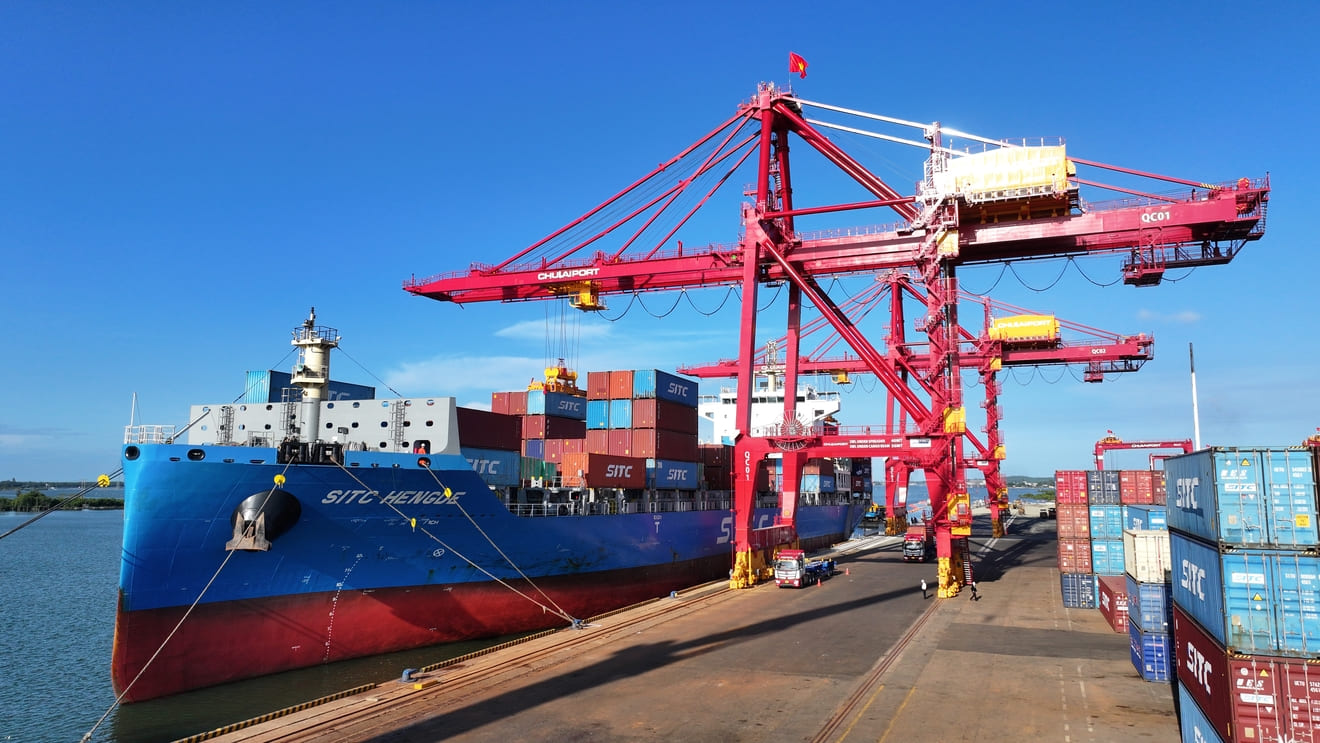
Hệ thống cẩu công suất lớn mới nâng cấp tại cảng Chu Lai.
6 tháng đầu năm nay, cảng Chu Lai đã đầu tư hơn 400 tỷ đồng cho trang thiết bị, phương tiện, nâng cấp hệ thống cẩu công suất lớn (cẩu giàn STS và cẩu khung RTG), sơ mi rơ moóc chuyên dụng phục vụ vận chuyển hàng hóa, mở rộng diện tích kho, bãi cùng hệ thống rửa xe tự động và trạm cân…
Đến cuối tháng 7, bến cảng nước sâu 50.000 tấn dự kiến đi vào vận hành, khả năng tiếp nhận tàu container có tải trọng lên đến 50.000 DWT. Bến cảng mới này được ứng dụng công nghệ hiện đại trong vận hành, khai thác cảng biển nhằm thực hiện chiến lược xây dựng cảng xanh, thông minh, hướng tới mục tiêu phát triển bền vững.
